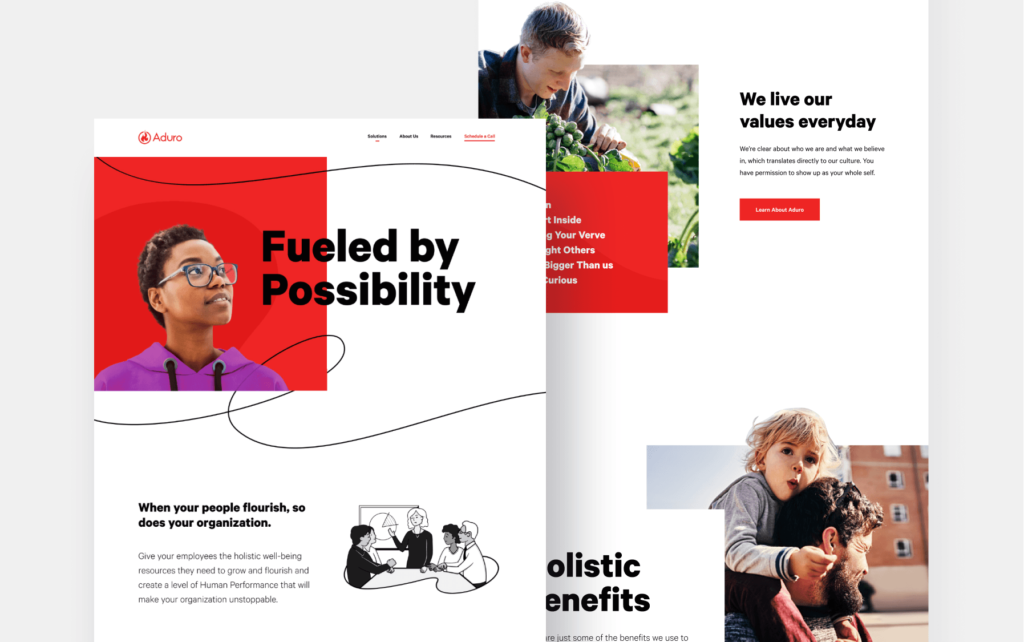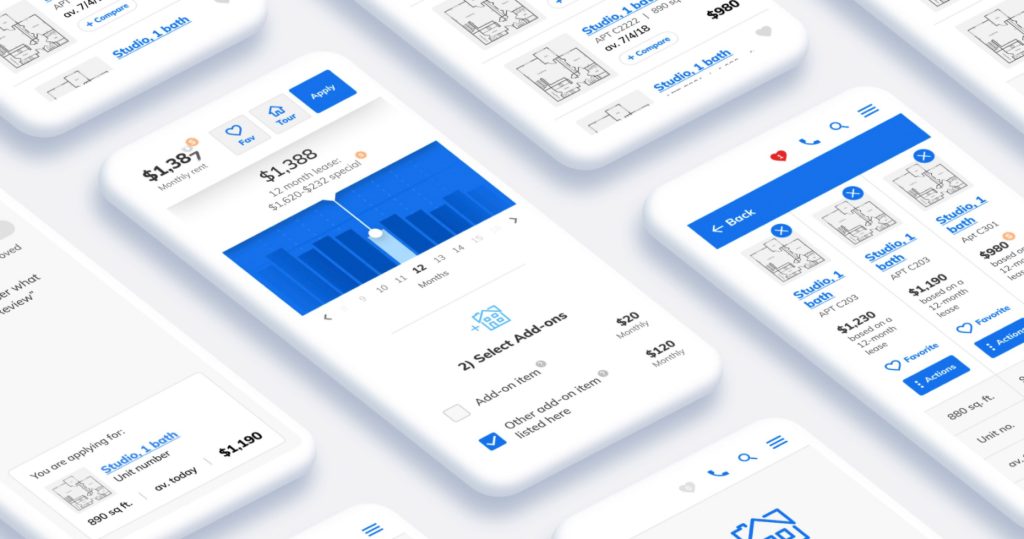Article
Chatbots – Considerations for Design, Development, and Implementation

There are many examples of companies using chatbots for massive ROI. But chatbots can only perform well if they are designed well. Consider these key design approaches.
1. Learn
With AI capabilities and deep learning, chatbots can teach themselves and adapt to situations they haven’t been programmed for. Every time a customer uses your bot, their decisions and behaviors yield valuable data that can be used to further improve the chatbot’s capabilities.
2. Personalize
Bots allow your brand to deliver personalization at scale. They can identify what the customer is looking for and provide them just that. Greater personalization gives the user a sense of importance and comfort as they continue to use the service. According to Statista, 32 percent of consumers who interacted with a chatbot found the experience to be unsatisfactory due to confusion, clunkiness, or a lack of usefulness. The addition of a personality that follows the brand’s image makes chatbot interactions positive.
3. Authenticity
Chatbots should engage in conversation humanly. Sounding human gives chatbots more credibility in conversation and improves overall value. Conversations should feel natural and unscripted. LivingActor stresses the importance of authentic interactions with automated systems.
4. Trust
Focus on how conversations can help you learn even more about your customers, build trust, and develop a relationship with your brand. Customers return to businesses they feel they can trust. Providing users with good customer service is an easy way to build trust. An initial study into building trust has shown that preexisting trust in a brand spills over into interactions with that brand’s chatbot. But a chatbot needs to maintain that initial customer trust and continue to grow the relationship. Maintaining a record of the problems previously handled with a particular user, and therefore knowing which issues have been resolved before and what might be a recurring problem, is one way of building trust.
5. Aesthetics and Design
While graphical user interfaces have been around as long as personal computers, chatbot interfaces are much newer. But to design an effective chatbot solution, you don’t have to reinvent the wheel. Take inspiration from chat interfaces users are already familiar with — iMessage, Facebook Messenger, and similar platforms. Design elements like alternating colors, profile images, and emojis are all a part of the modern chat interface. Also, predictive text, autocorrect, and proposed responses can be useful for chatbots, just as they are in person-to-person conversations.
6. Intelligence
Natural language processing (NLP) is the first pass at understanding the user, where information is interpreted and user intent is detected. One area where progress is being made is the ability to detect double intent, such as when a user says they want to see the return policy and shipping FAQs in the same message.
Development Considerations
The development of chatbots is just as important as the design. Many companies provide off-the-shelf chatbots that can be customized for specific use cases, while others provide user-friendly tools to create chatbots from scratch. For unique projects, a good approach is to start with a framework that has done most of the heavy lifting on the AI aspect, and then build on top of it to create a scalable and flexible solution.
- Utterances: Any statement or question that the user asks is considered an utterance.
- Intents: An intent is made up of a verb and a noun. Chatbots always look for these parts of speech to understand the statement.
- Entities: An entity is anything that modifies the intent of the statement.

Chatbot Implementation
Even if a chatbot has been designed and developed, the work isn’t over. The chatbot needs to be built into the ecosystem that it will operate in, be it a website, app, or another interface. Its performance has to be evaluated so that adjustments can be made to its behavior to foster optimal user interaction.
Here are some of the crucial phases of implementing a chatbot:
1. Plug it in: How the chatbot goes live depends largely on the platform it’s a part of. Some of the implementations we have covered, such as popular messaging platforms, are simply a matter of pressing a button. Other customer-facing platforms might be a simple addition to website source code or perhaps a more complex intervention. For the most flexible and universally available chatbot solutions, some technical knowledge is needed for switching the bot on.
2. Structure the Team: While technology is making chatbots increasingly capable and robust, sometimes a person needs to take the wheel on a particularly tough problem. If a chatbot is customer-facing, it will need to seamlessly pass an issue off to a human customer service representative. The details, again, are a question of which platform the bot lives on, but essential elements include notifications to the staff and a queueing system for customer service tickets.
3. Supervise and Evaluate: Once everything is up and running, it’s still important to keep an eye on the chatbot’s performance. One approach is asking for customer feedback after an interaction with a chatbot. For example, something as simple as a one to five-star rating could help a team collect invaluable performance data.









